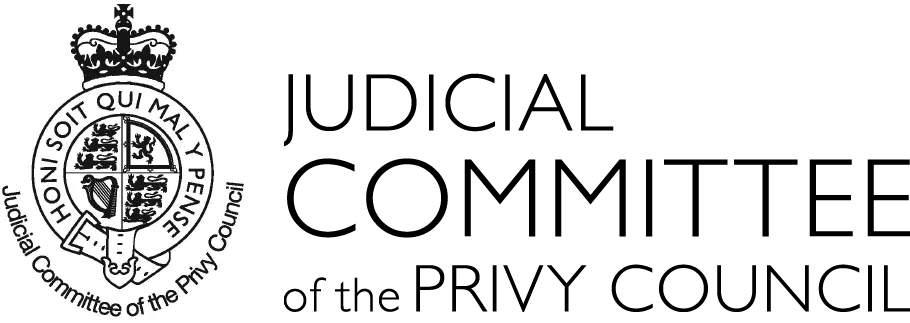Rehabilitation is a challenging and demanding process that requires patience and determination from the individual as well as support from family, friends, and the community. The daytime rehabilitation method is one effective approach that combines treatment at a rehabilitation facility with flexibility in the individual’s living arrangements. Below is an overview of the daytime rehabilitation method, including its characteristics, benefits, challenges, and implementation process.
1. Characteristics of Daytime Rehabilitation
Daytime rehabilitation methods are typically applied to individuals addicted to drugs, alcohol, or other substances. Instead of living entirely in a treatment facility, individuals spend time at the center to receive support from professionals and treatment but can return home in the evenings or on weekends.
This model allows the individual to maintain connections with family and the community, which can support the recovery process. During rehabilitation, participants engage in activities such as individual counseling, support groups, psychological therapy, and health education programs.

2. Benefits of Daytime Rehabilitation
Flexibility: The daytime rehabilitation method allows individuals to return home, which helps them feel comfortable and not isolated from their familiar environment. This flexibility helps reduce anxiety and stress, feelings that many people experience when living in a completely enclosed treatment environment.
Family Connection: One of the critical factors in the recovery process is support from family. The daytime rehabilitation method allows individuals to maintain their family connections, thereby creating better conditions for recovery. Families can participate in the treatment process, gain a better understanding of their loved one’s illness, and support them throughout their rehabilitation.
Skill Development: While participating in daytime rehabilitation programs, individuals will be equipped with essential life skills to cope with everyday pressures. These skills include emotional management, conflict resolution, and building healthy relationships.
Psychological Support: Daytime rehabilitation often includes therapeutic activities that help individuals understand the underlying causes of their addiction and develop strategies for relapse prevention. This also helps improve mental health and enhances their ability to deal with temptations in the future.
3. Challenges in Daytime Rehabilitation
Despite its many benefits, the daytime rehabilitation method also faces several challenges. One of the biggest issues is that individuals may be tempted to return to old habits when they return to their familiar living environments. This is particularly true if they live in an environment with many stimulating factors, such as old friends or stressful situations.
Moreover, not everyone is suited for the daytime rehabilitation model. Individuals with more severe issues or those lacking a strong family support system may need deeper intervention and treatment in a full-time facility.
4. Implementation Process of Daytime Rehabilitation
Step 1: Assessment and Counseling: Before beginning the rehabilitation process, individuals will be assessed by healthcare professionals. They will consider the individual’s physical and mental health, the severity of the addiction, and specific needs.
Step 2: Treatment Planning: Based on the assessment results, a personalized treatment plan will be developed. This plan may include individual therapy sessions, support groups, and educational activities.
Step 3: Participation in the Treatment Program: Individuals will participate in therapy sessions and activities at the rehabilitation facility. During this time, they will learn how to cope with cravings and develop life skills.
Step 4: Post-Rehabilitation Support: After completing the rehabilitation program, maintaining supportive activities is crucial. Individuals may participate in community support groups or meet with professionals periodically to monitor recovery progress.
Conclusion
The daytime rehabilitation method offers many benefits for individuals, including flexibility, family support, and the development of life skills. However, it also presents its own challenges, requiring determination and commitment from both the individual and their family. With a well-structured treatment plan and ongoing support, the daytime rehabilitation method can help individuals reclaim a healthy and happy life.

